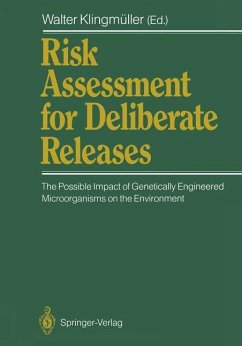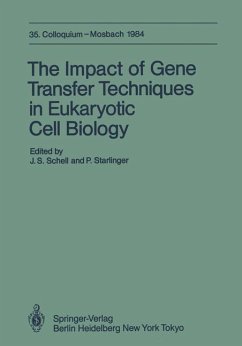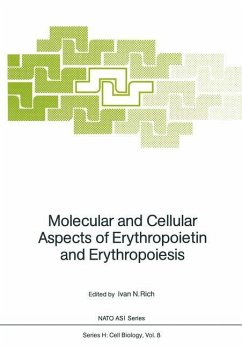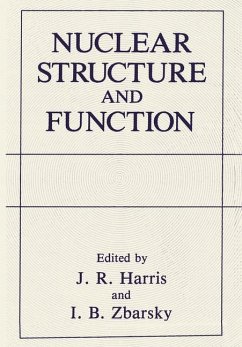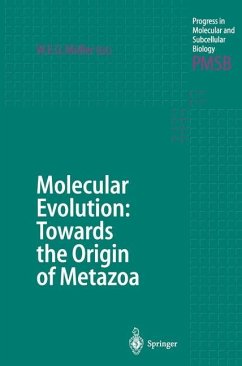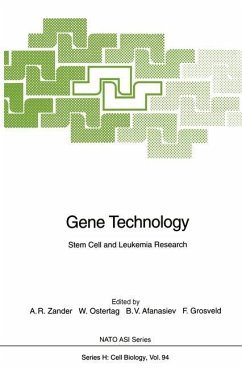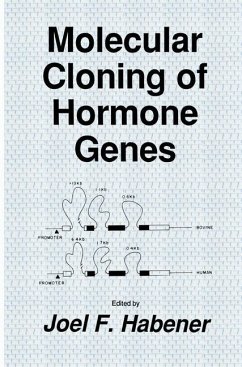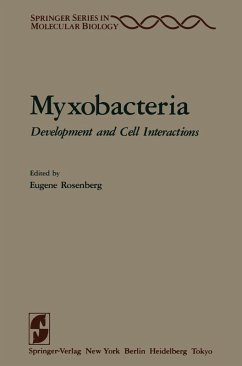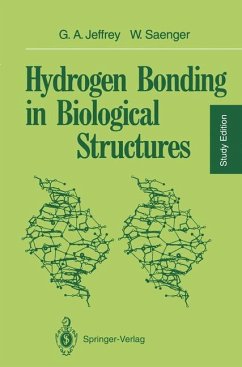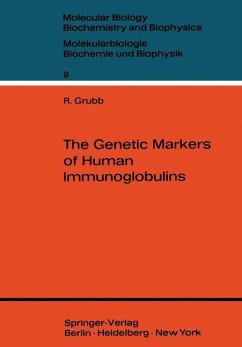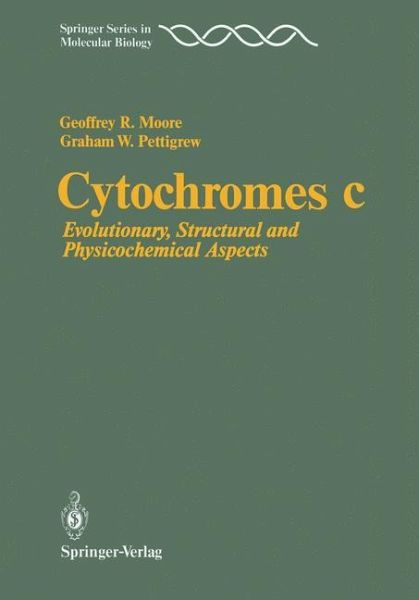
Cytochromes c
Evolutionary, Structural and Physicochemical Aspects
Versandkostenfrei!
Versandfertig in 1-2 Wochen
77,99 €
inkl. MwSt.

PAYBACK Punkte
39 °P sammeln!
Cytochromes c are haemoproteins which carry out electron transfer in a wide variety of biological systems, necessitating different kinds of cytochrome c to fulfill different biological roles. The evolutionary relationship between cytochromes c and their host organisms are described, as well as their structural, spectroscopic and redox properties, including both electron-transfer rates and redox potentials. The treatment is aimed at the non-specialist so that both the techniques described and their application to cytochromes c can be understood. All classes of cytochrome c are dealt with to pro...
Cytochromes c are haemoproteins which carry out electron transfer in a wide variety of biological systems, necessitating different kinds of cytochrome c to fulfill different biological roles. The evolutionary relationship between cytochromes c and their host organisms are described, as well as their structural, spectroscopic and redox properties, including both electron-transfer rates and redox potentials. The treatment is aimed at the non-specialist so that both the techniques described and their application to cytochromes c can be understood. All classes of cytochrome c are dealt with to provide a comprehensive account of the field. No other text provides such a broad survey. Similar to the earlier volume "Cytochromes c: Biological Aspects" which deals with the classification, biosynthesis and biological role of cytochromes c, the present book is aimed at research workers and advanced students.





